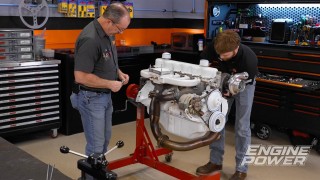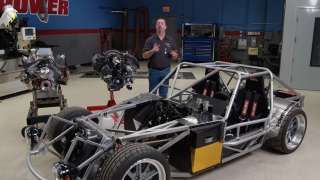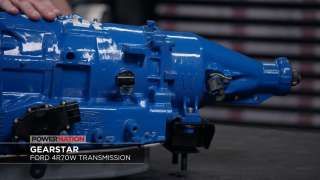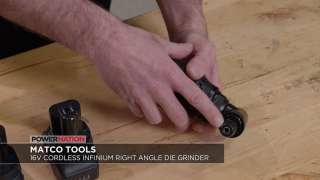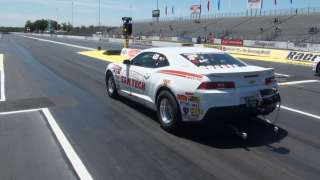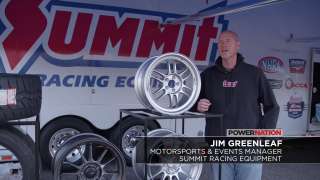
Mocking Up ta Coyote in our Rolling Dyno Test Sled
What’s heating up the track at the American Endurance Racing Mid-Ohio Event? From inside where all the action takes place, strap in and hang on. Plus, mocking up the dyno test sled for a new boosted Coyote.
Season 7
Episode 6
Hosts: Mike Galley, Pat Topolinski
First Air Date: March 18, 2020
Duration: 21 minutes 43 seconds









